Trend graph – how it can help you in Forex trading
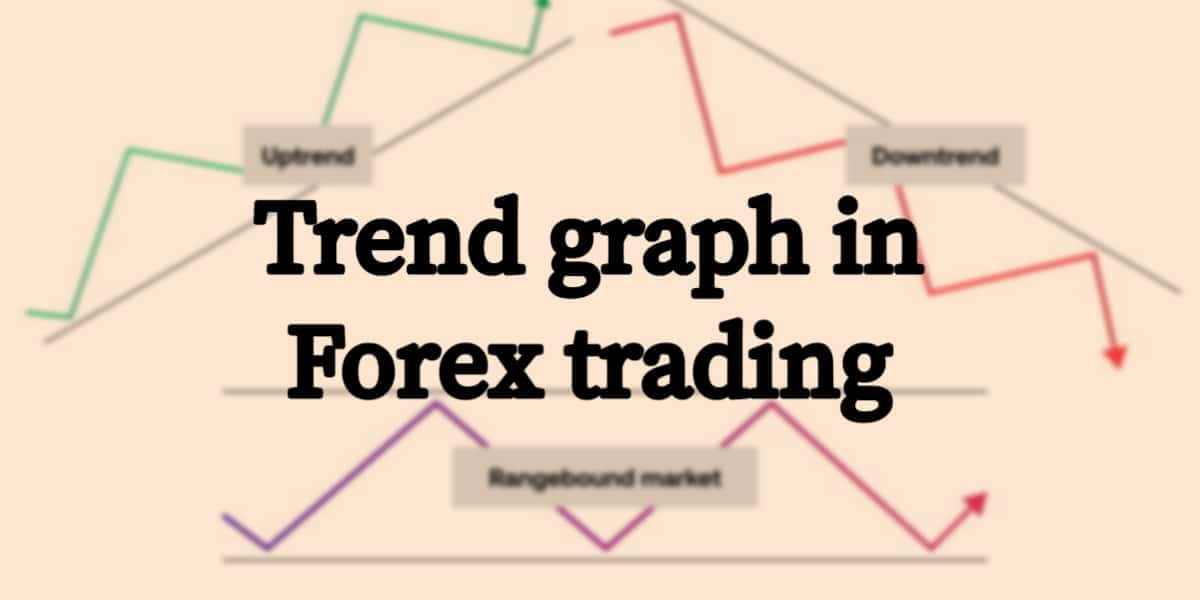
dndTrend graph – how it can help you in Forex trading
Determining the trend of a currency pair in the Forex market using a trend graph is one of the most important things to do when you want to take a smart position and make money sustainably.
Why is following the price movements using a trend graph important for a trader?
The trend of the day is also valuable information to identify for traders with short-term objectives and who practice, for example, scalping or intraday trading.
Learning to determine the trend of a market is a relatively useful thing for a trader. It is not limited only to the Forex market. Once a trader knows how to interpret a market and determine its general direction, he can do so on any market: forex currency pairs, stock indices, commodities, or even shares of companies listed on the stock exchange.
Many finance books refer to the phrase “trend is your friend.” Financial market specialists recommend always trading using a trend graph to follow the main movement of a market in question and not to trade against the trend to avoid struggling like a fish trying to swim against the current.
Trend lines in trend graphs – the main types and how to use them in trading

Technical analysis traders use trend lines. These trend lines are used in particular to determine the current direction of the price of a security.
“The trend is your friend” is a popular expression in technical analysis. Therefore, determining the price trend of a security is the first step in making a wise investment.
What is a trend line?
Bullish and bearish trends are very important because they indicate whether market conditions are favorable or unfavorable to investors’ positions.
Trend lines are recognizable in trend graphs and are easily drawn on charts. They connect the different prices of security on a single line. The result is then used to assess the direction in which the underlying value of the investment is expected to move.
The three main types of trend graphs in chart analysis
The trend is considered to be the cornerstone of technical analysis by traders. It denotes the direction of a market at a given time, indicating trading the trend of price change.
More simply, we can say that the trend indicates the market’s direction. There are three categories of trend, namely, the uptrend, the downtrend, and the neutral trend (range).
You can also identify trends based on their time frame, i.e., short-term, medium-term, or long-term. Thus many trends can take place within larger trends. Determining the trend of a market is essential; it is, therefore, important to master this concept.
Uptrend lines
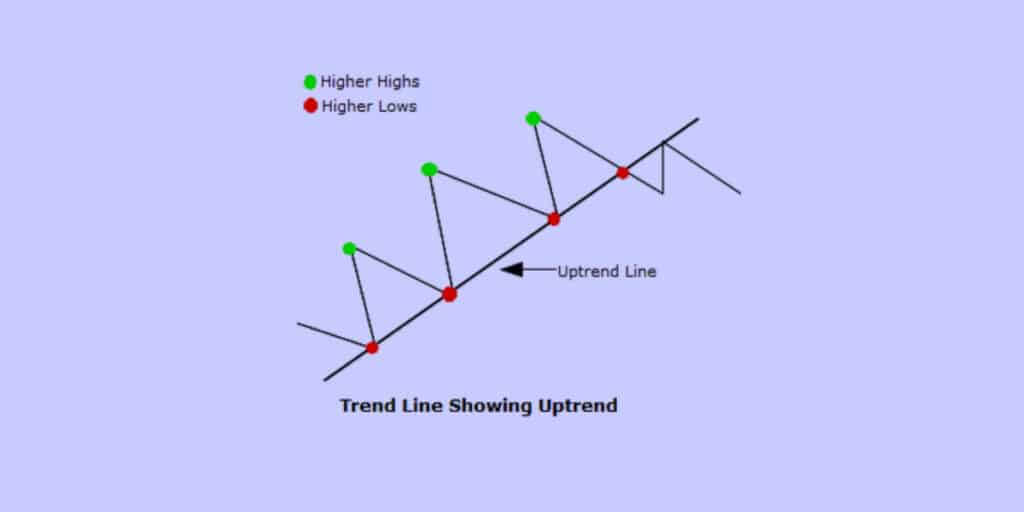
The slope of an uptrend line is positive. The trend line is drawn by connecting at least two lows whose most recent low is always higher than the previous lows.
An uptrend line functions as diagonal support and indicates growth in demand for the underlying asset despite rising prices.
Rising prices and growing demand are an optimistic combination that reflects buyers’ determination.
As long as prices remain above the up-sloping trendline, the uptrend is considered stable and intact. A drop below the trendline indicates weakening demand and a possible change in the direction of the price of the underlying security.
An upward trend is denoted by the systematic and prolonged rise in price on a currency pair and a given time frame (period).
It does not mean in any way that the market price never loses value, but quite simply that in the general context, the price is oriented upwards and is gaining value. It increases more significantly in chart movements and falls to the lower part of the chart during bearish chart moves.
Downtrend lines
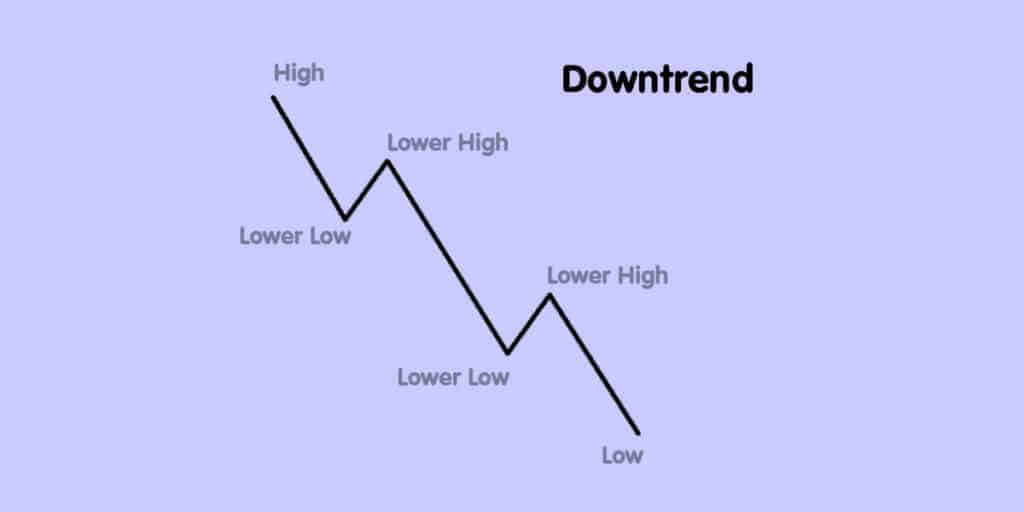
The slope of a downtrend line is negative. The trend line is drawn by connecting at least two peaks whose most recent peak is always lower than the previous peaks.
A downtrend line functions as diagonal resistance and indicates growth in the supply of the underlying value despite falling prices.
A drop in prices caused by the growth in supply is called bearish and reflects the determination of sellers.
As long as prices remain below the down-sloping trendline, the downtrend is considered stable and intact.
A break above the downtrend line indicates weakening supply and a possible risk of a possible change in the direction of the price of the underlying security for short sellers.
A downtrend shares the same characteristics as an uptrend but in the opposite direction. Hence a downtrend denotes a fall in price in a financial market.
The neutral trend – trading range
The range (or neutral trend), also called the sideways trend, is a reflection of the evolution of the market in length.
This kind of trend is similar to bullish and bearish trends but does not show any major difference in price value between the beginning and the end of the period studied. The neutral trend (in range) indicates price movement between support and resistance levels in both market directions.
Trend lines and logarithmic scale charts
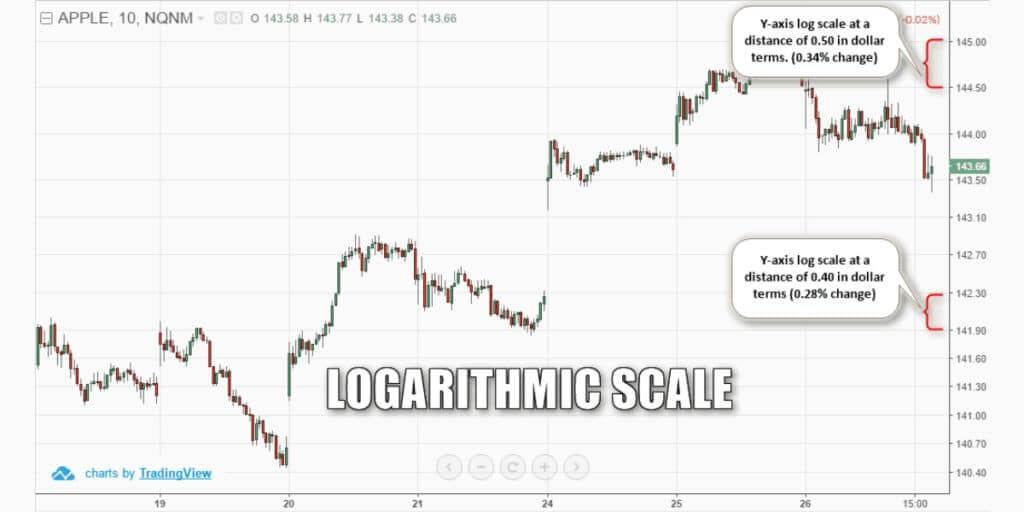
There are two representations of trend lines on the chart. A distinction is made between linear and logarithmic scales.
The linear scale is graduated proportionally, i.e., equal distance between two values. It reasons in absolute value.
For example, a price change of €10 is represented the same whether it is a change from €20 to €30 or €200 to €210. Regarding the logarithmic scale, this considers the relative variations (expressed in percentages). The increase from €20 to €30 corresponds to an increase of 50%, while an increase from €200 to €210 corresponds to a change of 5%.
In general, the logarithmic scale is preferred for long-term analyses. The linear scale is more suitable for the short term.
How to Simply determine the trend of a market using a trend graph.
Observe the latest price history in a trend chart
To determine the trend of a market, it is necessary to look at the latest activities of the market which interest us.
For example, we advise traders who practice scalping and intraday trading to observe how the market behaved during the previous trading day. An M5 time unit chart (Japanese 5-minute candlesticks) will provide a recent history and cover a significant period showing us the market’s general direction.
Studying price action
If we see on the graph that the price is increasing, the trend can be interpreted as bullish. If, conversely, the price successively reaches price levels marked by lower sitting on the graph, the trend will, in this second case, be a downtrend.
a the prices move on the contrary in length, the market evolves flat, and no real trend is defined, we will be in a “range” situation.
Also, note that if the price evolves suddenly in the same range by forming highs and lows, this will be in line with strong activity in the market. The latter may break the range and form a sharp trend movement in one direction or the other of the market in question.
Use a technical trend indicator.
Using a technical indicator to determine the trend of a market can also be a good thing. Suppose we apply, for example, a moving average on a chart. In that case, this will smooth the price action based on a mathematical calculation and reflect a trend movement observable at a glance.
Once the moving average is applied to a market, it suffices to observe its direction to deduce the trend. If the moving average increases and evolves in the upper part of the trend graph, the trend is bullish. If the moving average evolves, the trend will be bearish.
The best trend indicators
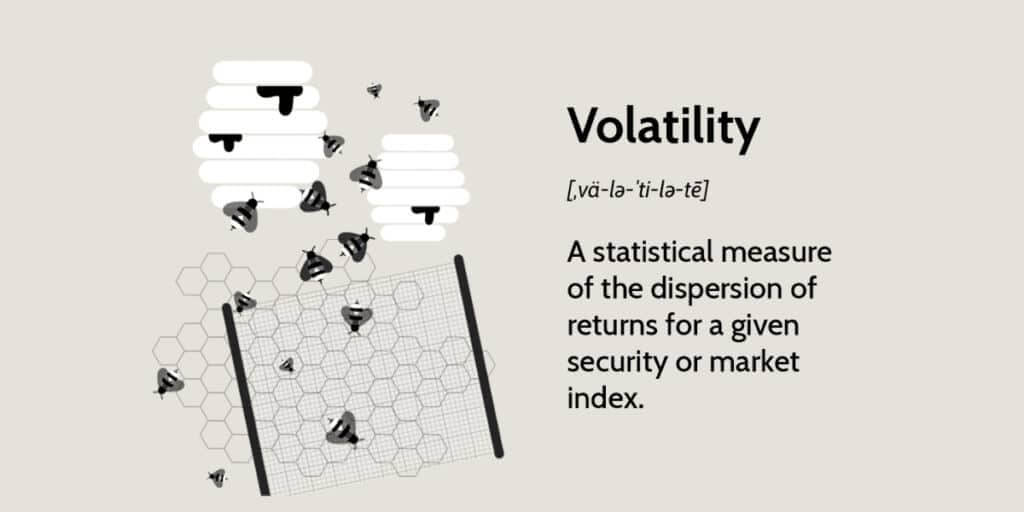
The following indicators are among the best to determine market price trends.
- The Bollinger band – measures market volatility
- The Moving Average Convergence Divergence – helps detect trends and market momentum
- The Relative Strength Index Indicator – oscillator indicator that shows the extreme market sentiment for trending stocks
- The On Balance Volume Indicator – OBV indicates the asset’s volume trend
- Simple Moving Average – gives you a clear picture of the upcoming trend
You can also determine the trend direction using Doji candlesticks in your graph analysis. However, these candlesticks are only referring to indecisiveness on the market. Also, it indicates the uptrend or downtrend reversal depending on the doji’s formation.
Determining the trend using chart patterns
Besides Dojis and indicators, you can use chart patterns to make better trading decisions in Forex trading.
The patterns that commonly occur and are easy to spot are the Head and Shoulders pattern, engulfing pattern, triangles, and Ichimoku Cloud Balance. These help you determine trends and also fine-tune the entry and exit points.
Finally, patterns can help you detect trends in all time frames, therefore useful for any trading strategy in Forex. As you progress in your grasping of trading chart patterns, you will be able to mix several patterns to create your unique Forex trading strategy.
Combining them with indicators, you move forward to accurately determine price trends in Forex or any other financial market.
The post Trend graph – how it can help you in Forex trading appeared first on FinanceBrokerage.
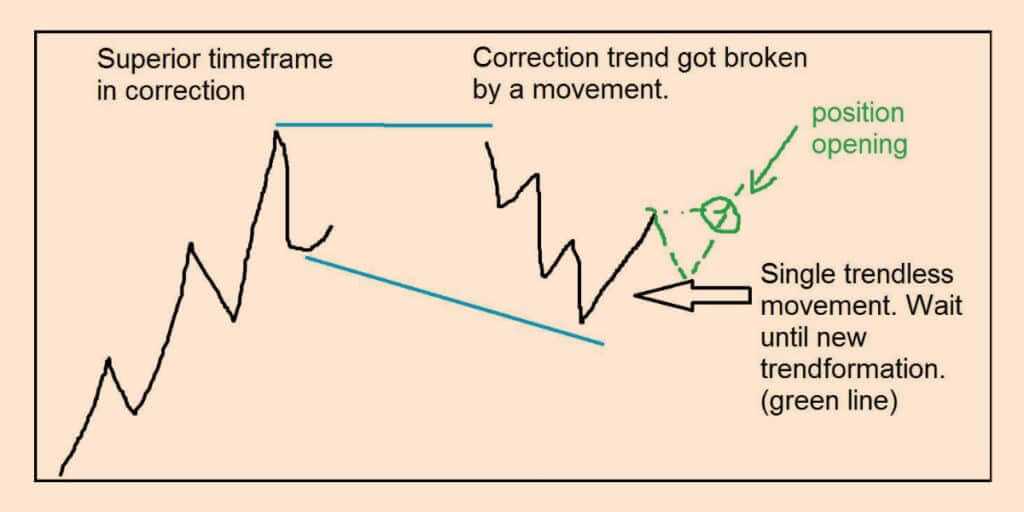
0 Response to "Trend graph – how it can help you in Forex trading"
Post a Comment